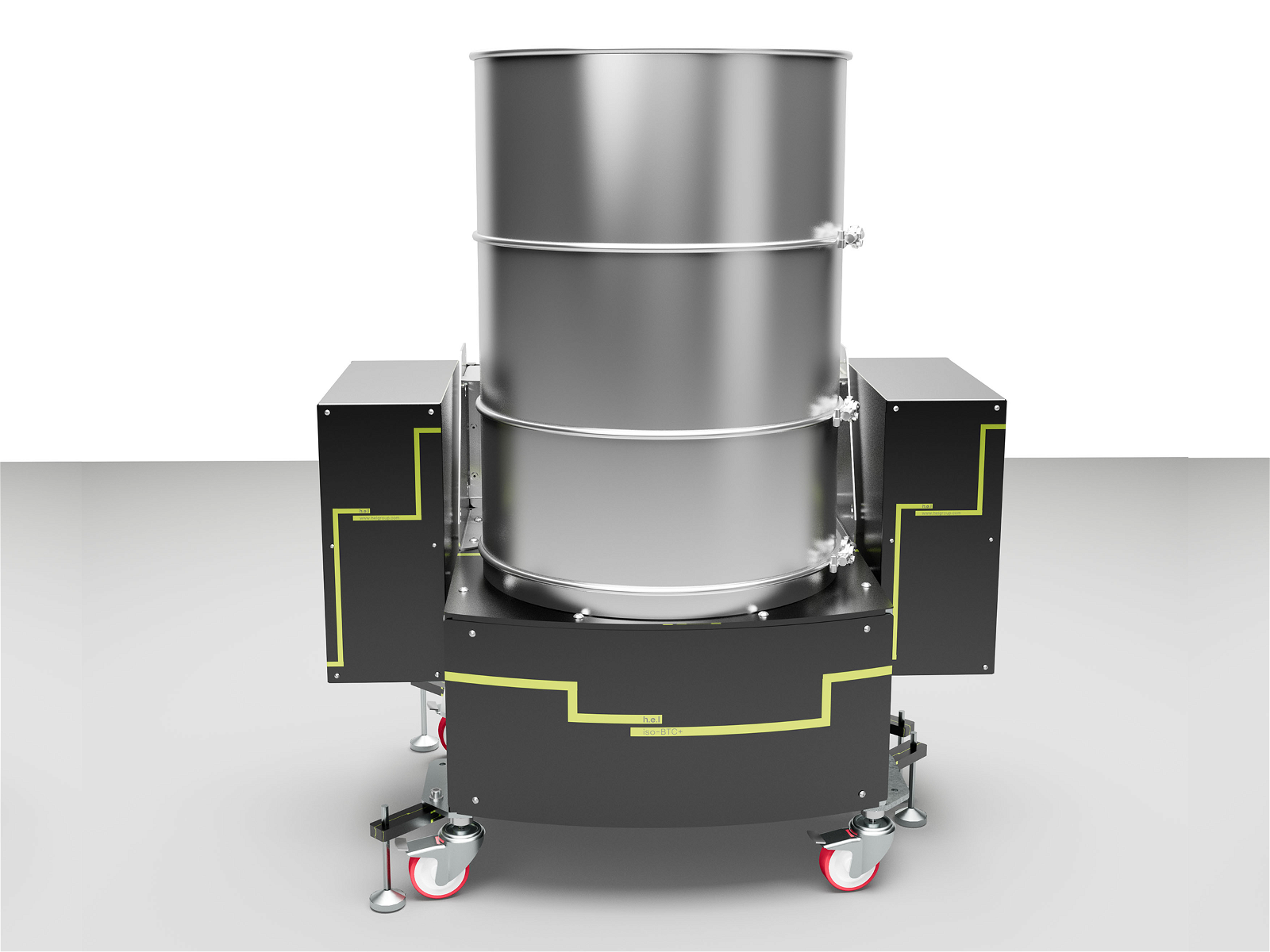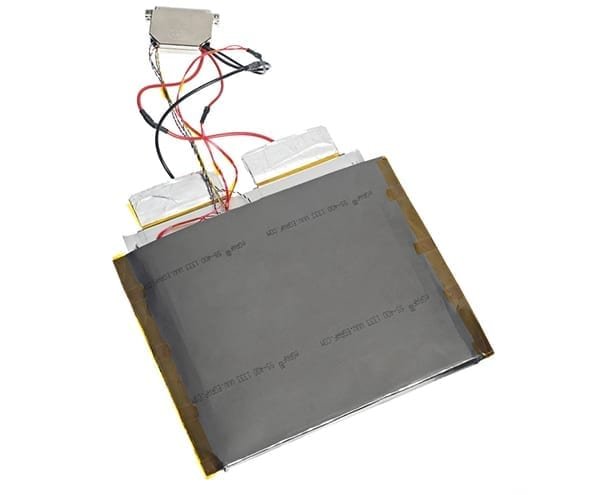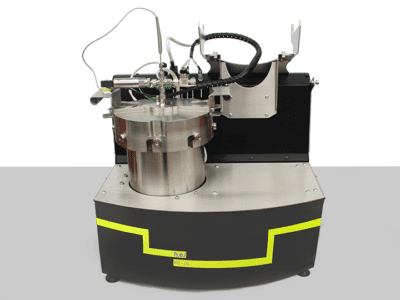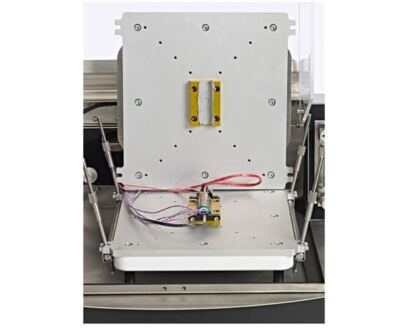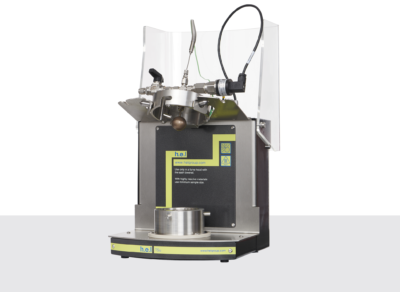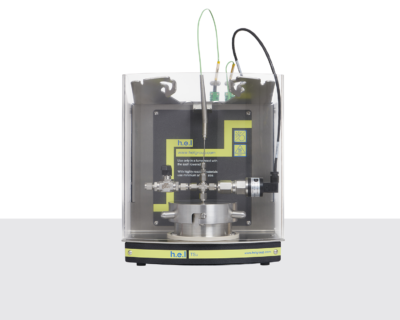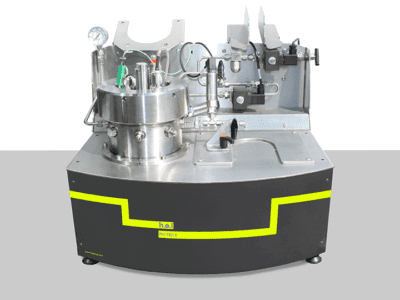iso-BTC+ | Floor standing, battery performance testing, isothermal calorimeter
Faster product development, testing, and launch through scientifically robust data:
- Reveal battery heat-release profiles for an optimised battery management system
- Understand performance consequences of use, misuse, and cell aging
- Define effects of environment temperature on battery heat generation to ensure product performance and safety
The new iso-BTC+, is designed for measuring heat-release profiles during battery charge and discharge testing, giving you enhanced performance and lifespan data. Building on established capabilities of the smaller iso-BTC, the new iso-BTC+ allows for testing of even higher power and physically larger batteries.
This performance data will better inform the efficient design of thermal management systems; yielding safer, higher-performing products. A deeper understanding of battery thermal behavior can also enhance thermal propagation modeling/simulations leading to time savings during battery and product testing.
The iso-BTC+ work with a range of cyclers and battery formats to precisely quantify the thermal behavior of batteries during real-world use conditions. Electrical and thermal measurements are made simultaneously at defined temperatures, including charge/discharge profiles, all controlled by versatile and easy-to-use software.
Battery Performance and Safety Testing Specifications
Isothermal Calorimeters Brochure
Applications
Performance Testing
Determine thermal management
- Thermal behavior of cells, modules, and batteries is complex and must be well understood if products are to perform optimally and safely.
-
- Inadequate thermal management may result in an unsafe product.
- Excessive thermal management may result in a product that is unnecessarily bulky, heavy, complex, or expensive to build.
- Inadequate understanding of thermal behavior may result in the setting of allowed usage conditions that are unsafe. Alternatively, allowed usage conditions could be set which are overly cautious and place unnecessary limitations on product performance.
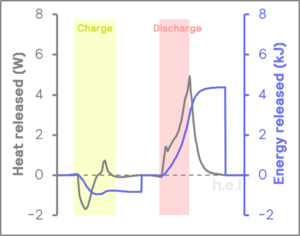
Heat release rate (Power) measured in watts and Energy released measured in kilojoules during charge and discharge of a gel cell battery at 40°C
- Data from the iso-BTC+ enables a deeper understanding of battery thermal behavior during:
- Normal use conditions at various environment temperatures and during various charge/discharge regimes.
- Abnormal but non-abusive conditions (e.g., mild overcharging).
- iso-BTC+ data enables decision-making in the design of batteries, design of battery thermal management systems, and design of high-performance products.
- iso-BTC+ data is used in thermal propagation modeling to predict the thermal behavior of large high-power batteries with complex geometries.
- The iso-BTC+ supports thermal mapping during testing to identify regions of the battery which generate greater heat. This information can also be utilized to implement targeted thermal management strategies.
Characterize differences in cell performance
- Data from the iso-BTC+ is used by cell and battery developers to assess the impact of chemistry, electrode composition, type of battery cell, and battery age on thermal behavior. Measurements of heat produced during various charge/discharge regimes are used in simulations to provide deeper product understanding.
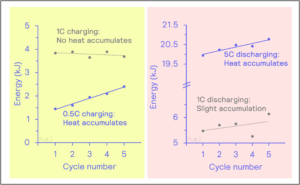
Effect of repeat charge/discharge cycling on energy released from a 16-ampere hour pouch cell. 1C charging results in no or little change in energy release on successive cycles. 0.5C charging (yellow) and 5C discharging (pink) results in increased energy release on successive cycles.
Characterize cells for Quality Control
- iso-BTC+ data on battery efficiency and heat evolved at specific temperatures and charge rates can be used to characterize battery performance as part of a Quality Control process. This approach is applicable to both cell manufacturers and battery integrators.
Resources
Application Notes:
On-Demand Webinars:
- Key Benefits of isothermal and adiabatic calorimetry battery testing
- The Use of Isothermal Calorimetry in Battery Performance Testing
Blogs:
Technical Literature
The following is a list of supporting Technical Literature.
How to use an isothermal calorimeter to characterize a gel battery
Downloads
The following are a list of available downloads.


